When it comes to optimizing packaging operations, many businesses face a critical decision: Should they invest in fully automated systems or stick with manual processes? Increasingly, the answer lies somewhere in between—semi-automatic packaging equipment offers a compelling middle ground that maximizes return on investment (ROI) while addressing operational challenges.
At its core, semi-automatic packaging equipment is designed to augment human effort rather than replace it entirely. This hybrid approach allows companies to reap the benefits of automation—such as increased speed and consistency—while preserving the flexibility and oversight that manual processes provide. Let’s explore why semi-automatic solutions are becoming a go-to choice for forward-thinking organizations.
Cost Efficiency Without Compromise
One of the most attractive features of Semi-Automatic Packaging Equipment Solutions is its affordability. Compared to fully automated systems, which can involve hefty upfront costs and ongoing maintenance expenses, semi-automatic machines are far more accessible. They deliver significant improvements in productivity without requiring a massive capital outlay, making them an excellent option for businesses operating on tighter budgets.
Moreover, semi-automatic systems are modular by nature. Companies can start with a single piece of equipment tailored to their immediate needs and expand incrementally as their operations grow. This scalability ensures that investments remain aligned with actual demand, avoiding the risk of underutilized assets.
Enhanced Productivity and Quality Control
While humans excel at decision-making and problem-solving, repetitive tasks like filling, sealing, and labeling can lead to fatigue and errors over time. Semi-automatic packaging equipment takes on these monotonous duties, freeing up employees to focus on more value-added activities. The result? Improved throughput and reduced waste due to human error.
Quality control also sees a boost with semi-automatic systems. Many machines come equipped with sensors and monitoring tools that ensure consistent performance. For instance, a semi-automatic sealer might detect improperly aligned bags and alert the operator before proceeding, preventing defective products from reaching customers. This level of precision builds trust with consumers and enhances brand reputation.
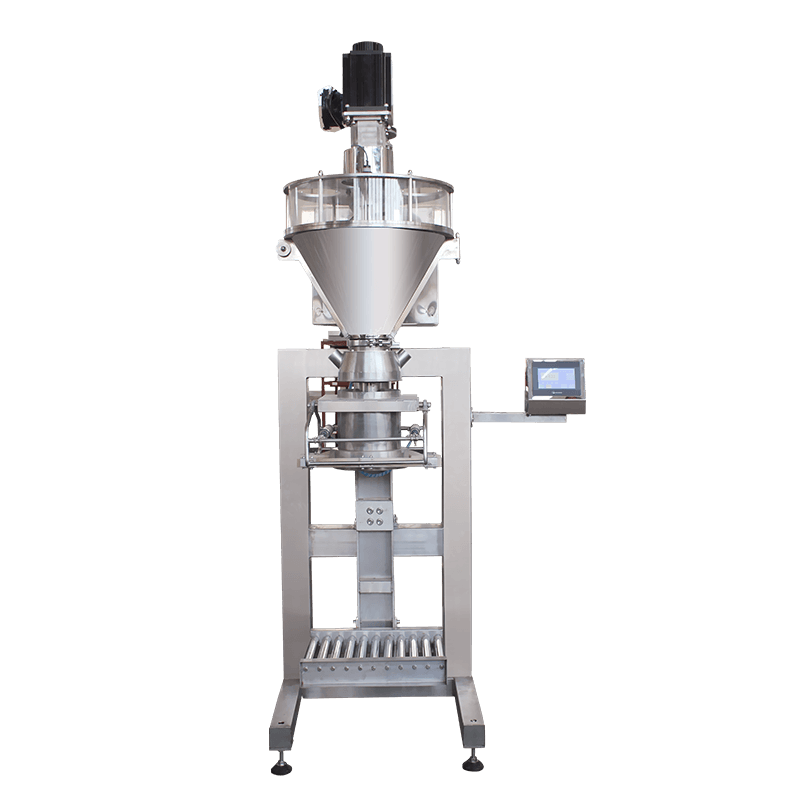
Customization for Diverse Needs
No two businesses are alike, and packaging requirements vary widely depending on the industry and product type. Semi-automatic equipment excels in this regard because it can be customized to suit specific applications. Whether you’re dealing with fragile items that require gentle handling or bulk goods that need rapid processing, there’s a semi-automatic solution designed to meet your unique needs.
For example, a cosmetics manufacturer might use a semi-automatic filler to dispense precise amounts of liquid foundation into bottles, ensuring uniformity across batches. Similarly, a hardware supplier could employ a semi-automatic strapping machine to secure bundles of pipes or cables for shipping. The adaptability of these machines makes them invaluable for niche markets and specialized products.
Sustainability and Future-Proofing
As sustainability becomes a top priority for consumers and regulators alike, semi-automatic packaging equipment plays a vital role in reducing environmental impact. By minimizing material waste and energy consumption, these systems contribute to greener operations. Furthermore, many semi-automatic machines are compatible with eco-friendly packaging materials, helping businesses align with emerging trends and regulations.


 English
English Español
Español عربى
عربى
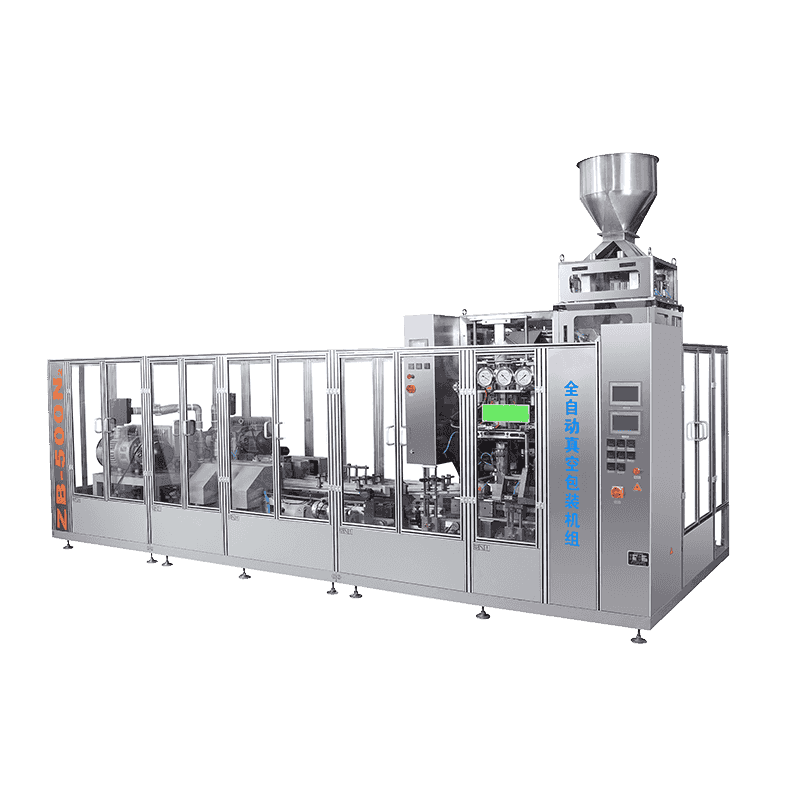
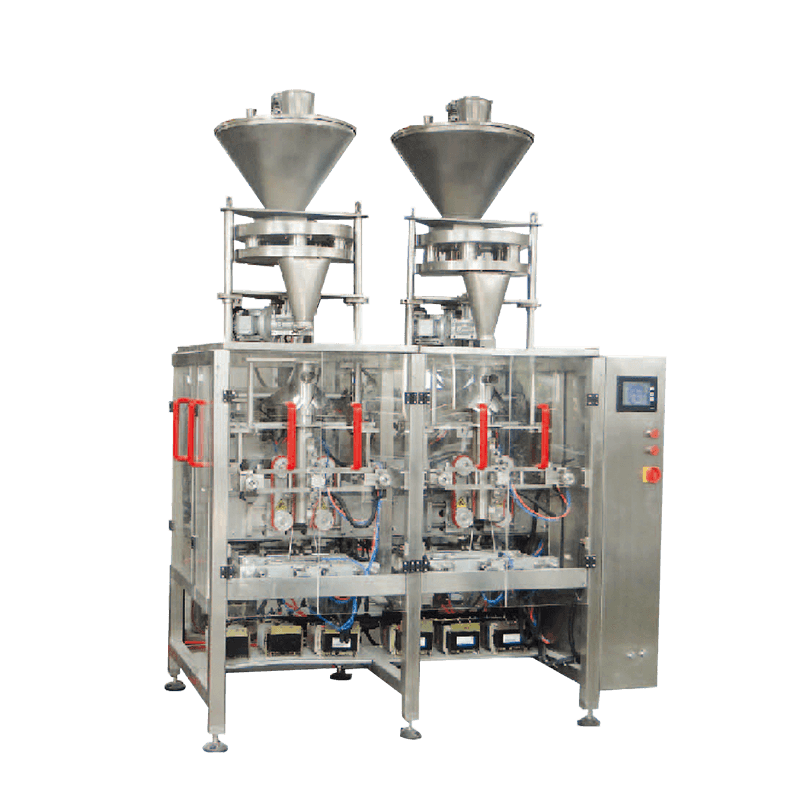
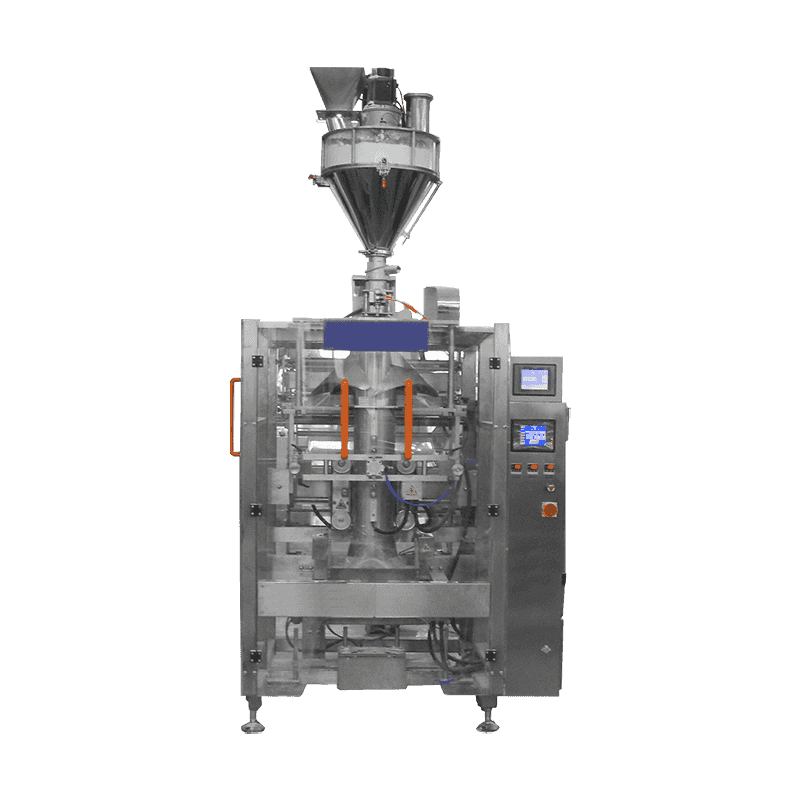
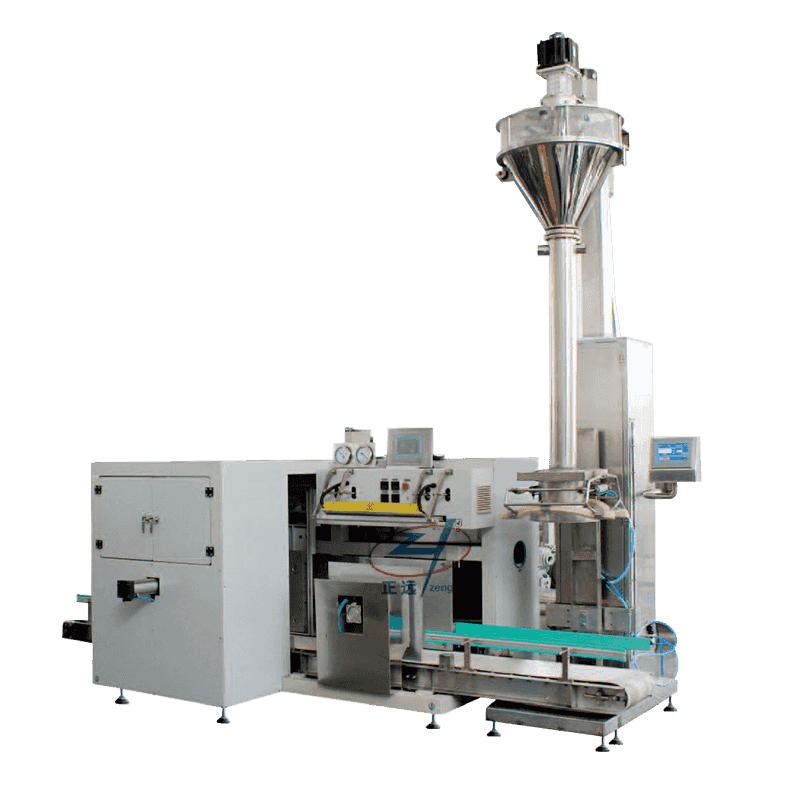

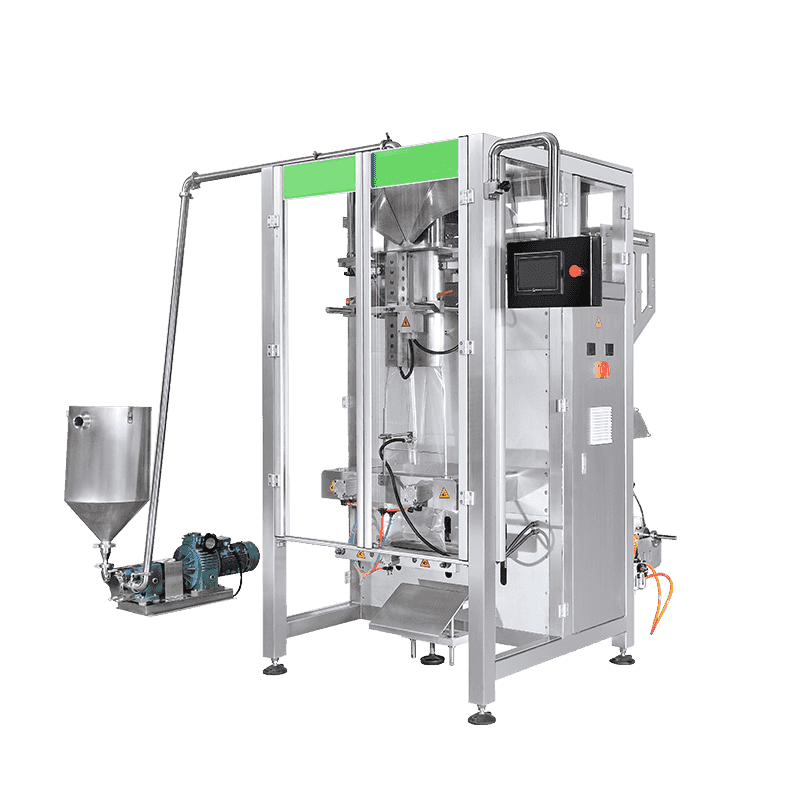
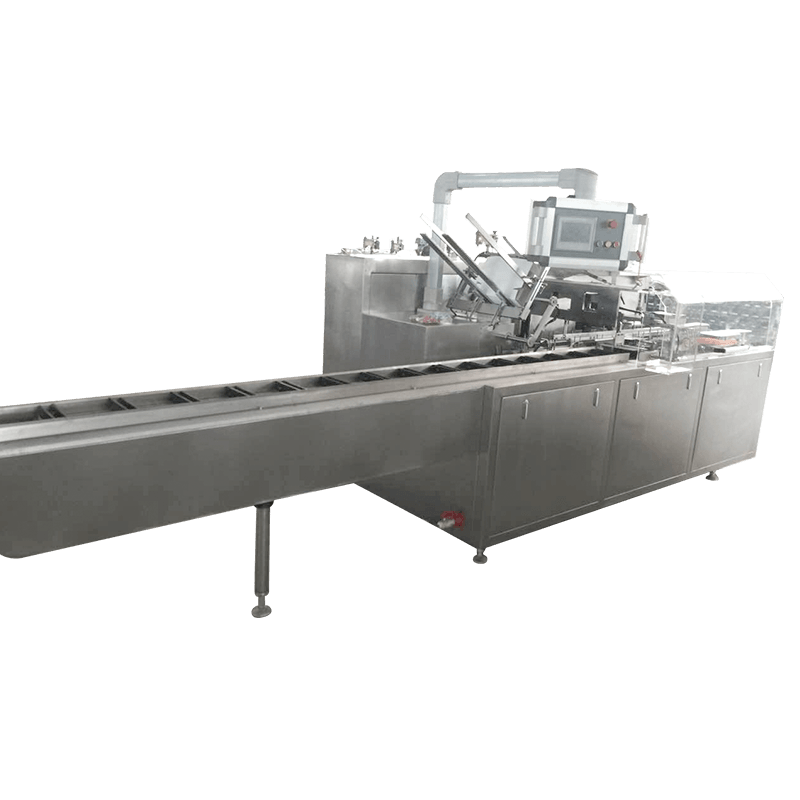
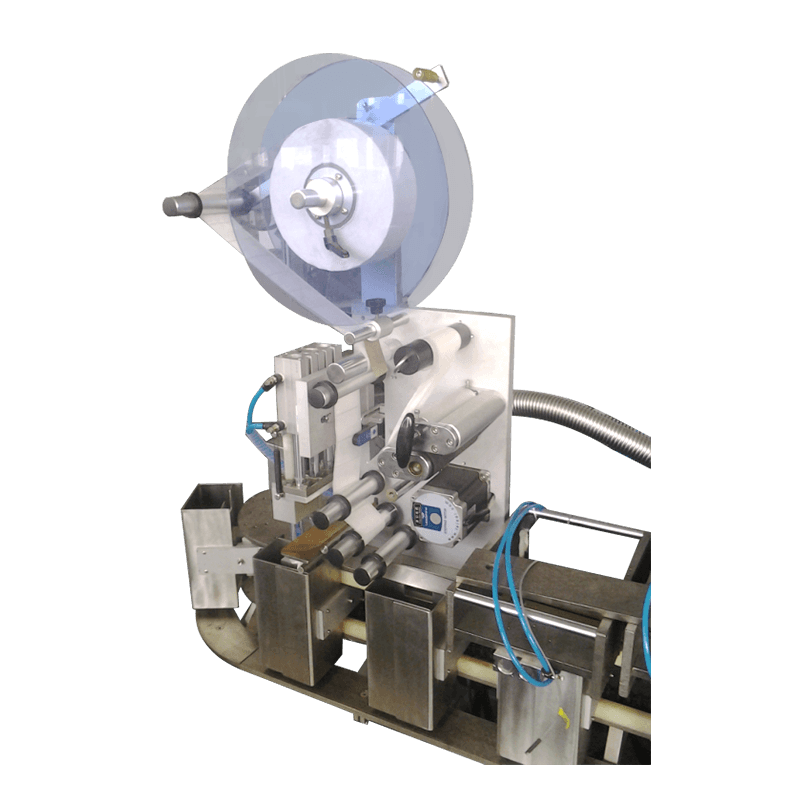
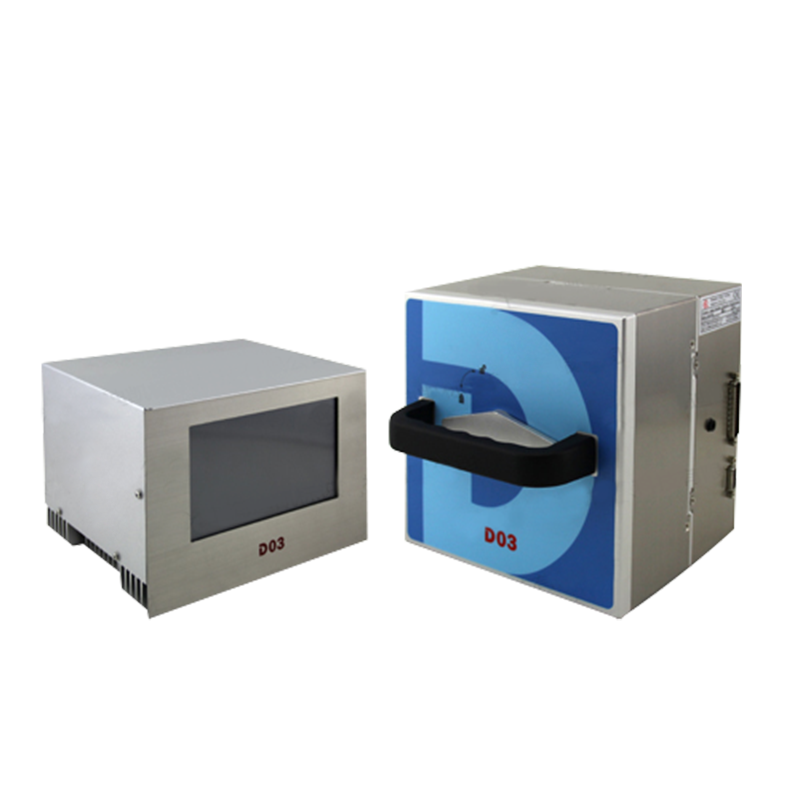
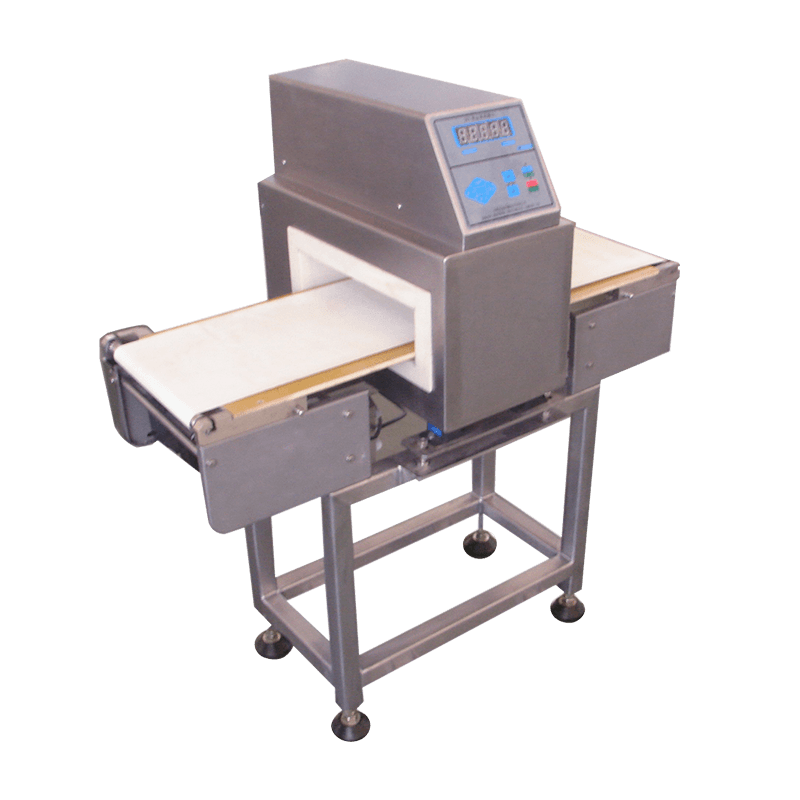
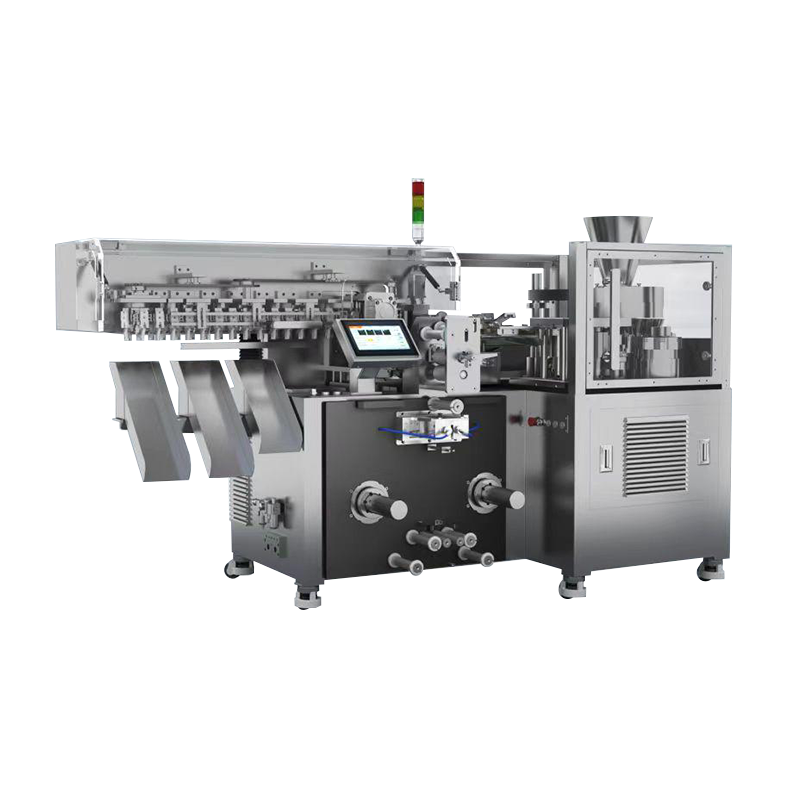
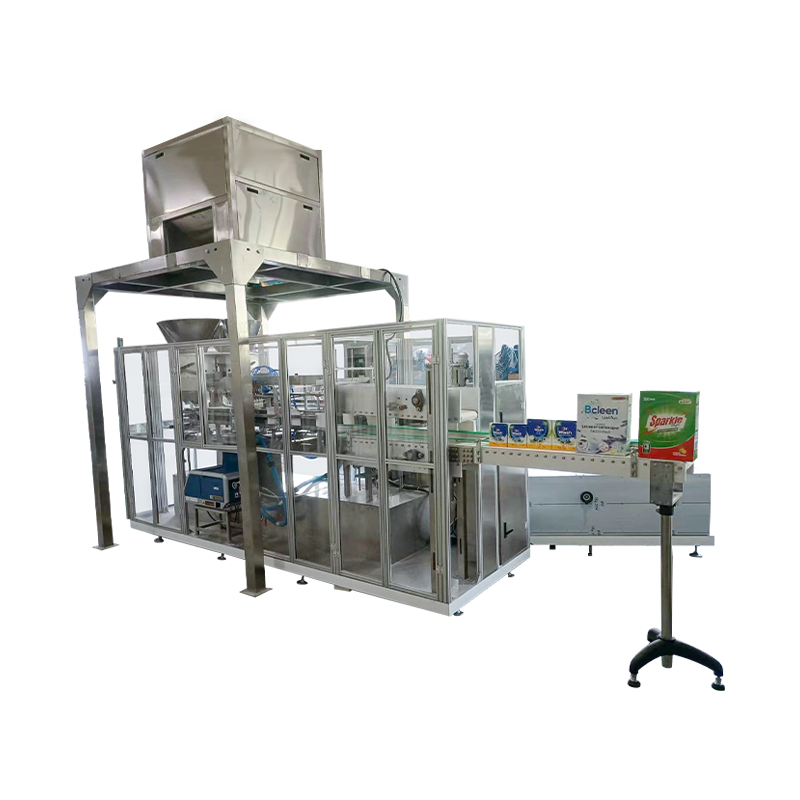

Contact Us